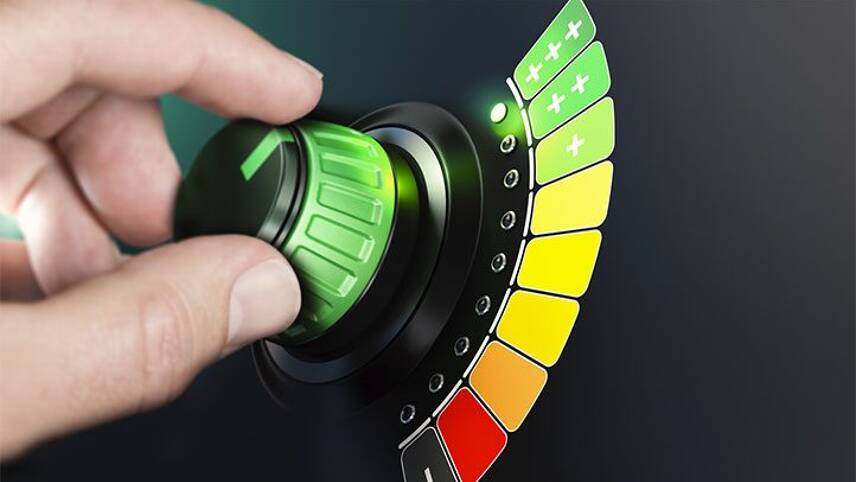Register for free and continue reading
Join our growing army of changemakers and get unlimited access to our premium content

Globally
Published today (19 November), the 2021 edition of the Agency’s annual Energy Efficiency Report reveals that progress is now back on track as the world emerges from the worst of the Covid-19 pandemic.
2020 saw only a minor (0.5%) improvement to global energy intensity, amid falling energy demands and prices, slowed investment in the energy sector and many energy-using sectors and logistical issues with supply chain and solutions installation.
Global energy intensity is on track to fall 1.9% in 2021, the analysis forecasts. This is a promising yet expected figure – the year-on-year fall was 2% in 2019.
“It is still unclear whether this year’s improved energy intensity will signal the start of a sustained recovery,” the IEA said in a statement.
“However, increased investment trends, rising government spending on efficiency – in large part related to recovery plans enacted in response to Covid-19 crisis – new announcements of higher climate ambition and other policy measures offer some encouraging signals.”
To this point, the report forecasts that, by the end of the year, national policies will have helped to generate $30bn of investment in energy efficiency – around 10% of the total set to be allocated between 2015 and 2021.
In recent months, much growth in energy efficiency investment has been concentrated in Europe. Policy supports have included the European Commission’s Renovation Wave and overarching Energy Efficiency Directive, and the UK’s updated Industrial Strategy and Heat and Buildings Strategy.
A long road ahead
Nonetheless, the report emphasises the fact that there is still much more to be done. It highlights the fact that, in the IEA’s scenario for net-zero by 2050, global energy intensity falls by at least 4% each year in the 2020s.
The IEA is urging other nations to follow in Europe’s footsteps and implement stricter standards and regulations for energy-using products; consider tax incentives for energy efficiency; increase public spending on building and industrial retrofitting and streamlining planning procedures to make efficiency projects more attractive to private finance. Private spending on energy efficiency between 2021 and 2023 is forecast to be more than twice as high as spending by governments.
The report emphasises the fact that, while wealthy nations are currently accounting for the majority of global investment in energy efficiency, developing and emerging nations also stand to reap benefits in terms of rapid job creation and economic growth, as well as future-proofing infrastructure and industry. Delivering the 4% annual improvement to global energy intensity, the IEA has forecast, would create four million additional jobs in energy efficiency by 2030, in sectors including construction and retrofitting.
As well as addressing low-hanging fruit using mature technologies, the IEA’s report outlines the potential for implementing the next generation of digital technologies. It states that, by the end of the year, there will be more ‘smart’ connected appliances and sensors in the world than people for the first time. This presents a major opportunity to accelerate energy efficiency improvements.
At COP26, the IEA and the UK Government launched a Product Efficiency Call to Action, which aims to double the energy efficiency of air conditioning, refrigeration, industrial motor systems and lighting by 2030. These four activities account for more than 40% of global electricity demand every year. In total, 14 countries have now signed onto the initiative, which is the largest of its kind. Read edie’s full story here.
Sarah George


Please login or Register to leave a comment.